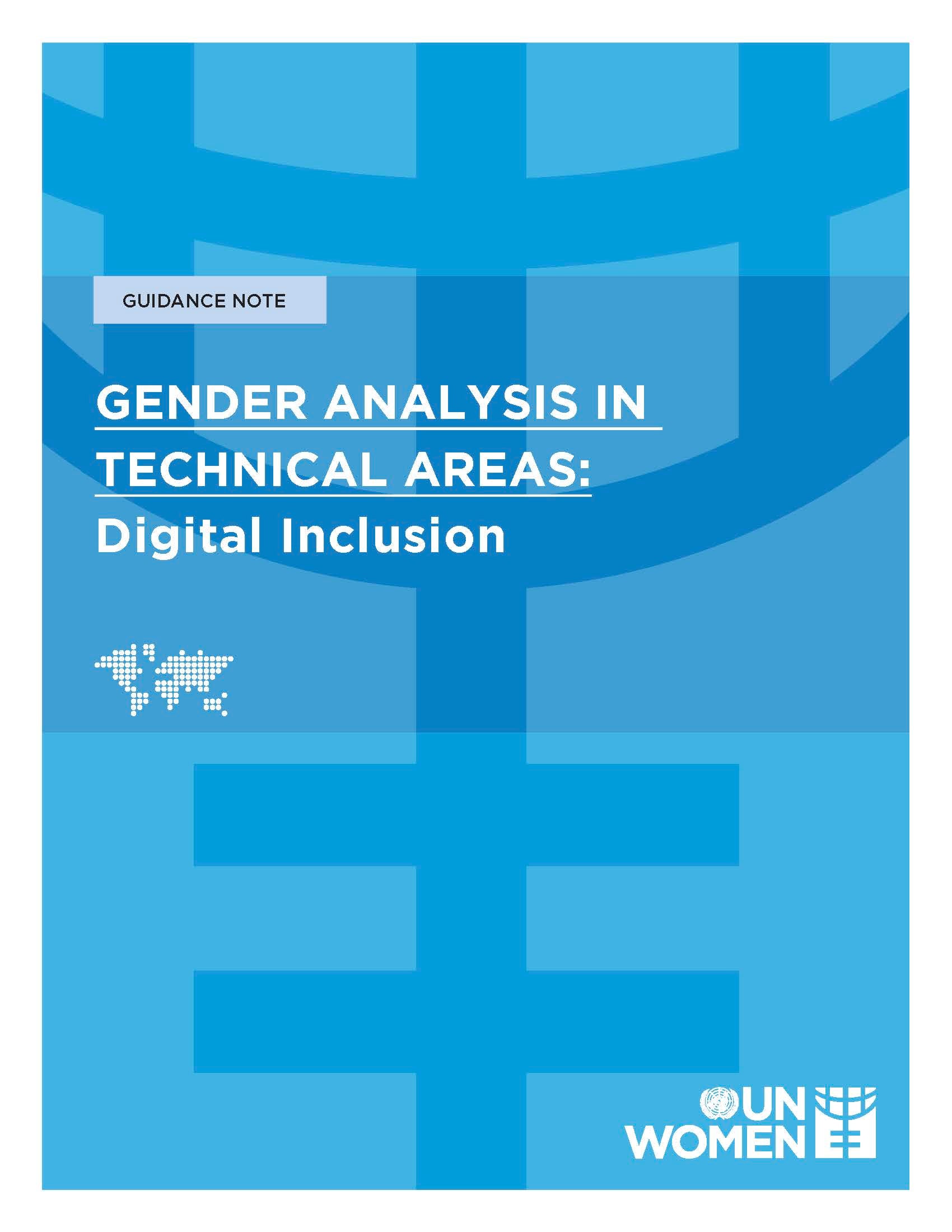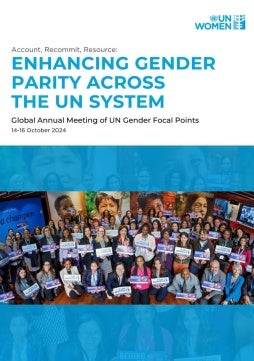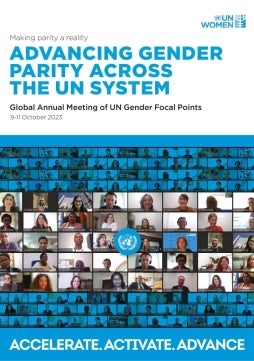Gender Analysis in Technical Areas: Digital Inclusion
Gender analysis was identified as the fundamental starting point for gender mainstreaming in the 1995 Beijing Platform for Action and the 1997 agreed conclusions of the UN Economic and Social Council. It constitutes the first and foundational requirement of all efforts to mainstream gender equality perspectives into all work of the UN system.
Gender analysis is now commonly embedded in programmatic work in socio-economic sectors often traditionally associated with women, such as education and health. Yet, significant gaps remain in the incorporation of gender perspectives in emergent and less traditional thematic areas, such as climate change adaptation, disaster risk reduction, and insurance, among others.
This publication, developed in consultation with the United Nations Inter-Agency Network on Women and Gender Equality, is part of a capacity-building initiative aimed at enhancing the capacity of sector specialists and gender focal points to produce and utilize gender analysis in their work.
The focus in this guide is the thematic area of digital inclusion, an area in which gender analysis has been less widely implemented than in some other sectors. Moreover, research reveals that despite unprecedented advances in digital technologies, women across the world continue to face unique barriers that prevent them from fully benefiting from digital inclusion.
Digital technologies have the potential to contribute to achieving gender equality provided everyone has safe and equal access to use and benefit from them. This guidance note therefore provides practical tips, steps and checklists to successfully undertake a gender analysis in digital inclusion initiatives.










